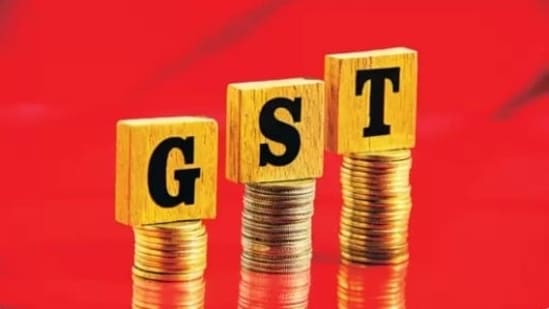With the implementation of a Goods and Services Tax (GST) on July 1 2017, India took a huge step towards modifying its indirect taxation system. Under the new regime, the average growth rate of Gross GST revenue from 2018-19 to 2022-23 stands at 12.3%, surpassing the nominal GDP growth rate of 9.8%. This achievement is noteworthy as indirect taxes typically exhibit lower buoyancy. The recent June collection has crossed the 1.6 lakh crore mark for 4th time since the inception of GST.
As GST is starting to bear fruits, this essay delves into the significant contributions and fascinating history of this innovative taxation system.
What is the need for GST?
Before we go into the historical details of how GST was implemented, we must first understand why a new taxing system was needed.
The inclusion of several indirect taxes at various levels of the supply chain hampered the Indian tax system. This resulted in a complicated and fragmented tax framework that included excise duty, service tax, value-added tax (VAT), central sales tax (CST), and other taxes. These led to tax cascading (tax on tax), raising the entire tax burden on goods and services.
The primary goal of GST is to simplify the tax system by substituting a single indirect tax for several indirect levies. It tries to eliminate tax cascading by establishing a uniform tax structure.
Navigating the GST journey: 12 pivotal historical events
1. 1986: The discussion on indirect tax reforms began during the tenure of Prime Minister Rajiv Gandhi. A proposal for introducing a Modified Value Added Tax (VAT) was initiated by the then Finance Minister Vishwanath Pratap Singh, aiming to streamline the indirect tax system.
2. 1991: Manmohan Singh, finance minister in PV Narasimha Rao-led government set up the Tax Reforms Committee under the chairmanship of Raja J. Chelliah. Foundations were laid for rolling out a nationwide value-added taxation (VAT) regime in the country, which subsequently lead to a GST structure.
3. 2000: A meeting between Prime Minister Atal Bihari Vajpayee and his economic advisory panel, which included three former RBI governors, namely IG Patel, Bimal Jalan, and C Rangarajan, proposed a single common Goods and Services Tax.
4. 2004: The Kelkar Task Force on indirect tax reforms, chaired by Vijay Kelkar, suggested the introduction of a national-level GST.
5. 2006: The Empowered Committee of State Finance Ministers (EC) was formed, with Asim Dasgupta, the Finance Minister of West Bengal to design the GST model.
6. 2010: The proposed national-level GST by April 2011 was announced during the budget speech by the Manmohan Singh government’s Finance Minister P. Chidambaram.
7. 2011: The Constitution (115th Amendment) Bill was introduced in Parliament to amend the Constitution for the implementation of GST. However, it faced resistance and could not be passed.
8. 2013: The Standing Committee headed by the BJP’s former Finance Minister Yashwant Sinha presented its report on GST.
9. 2015: The Central Government and the States reached a broad consensus on key aspects of GST under Finance Minister Arun Jaitley in the new government led by Prime Minister Narendra Modi.
10. 2016: The Constitution (122nd Amendment) Bill, commonly known as the GST Bill, was passed by both houses of Parliament. It was ratified by the required number of States and then received the assent of President Pranab Mukherjee on September 8.
11. July 1, 2017: The GST was officially launched in India, replacing multiple indirect taxes levied by the central and state governments.
12. Over the years: Since its implementation, GST, under GST Council, has undergone several amendments to address issues and concerns raised by stakeholders.
